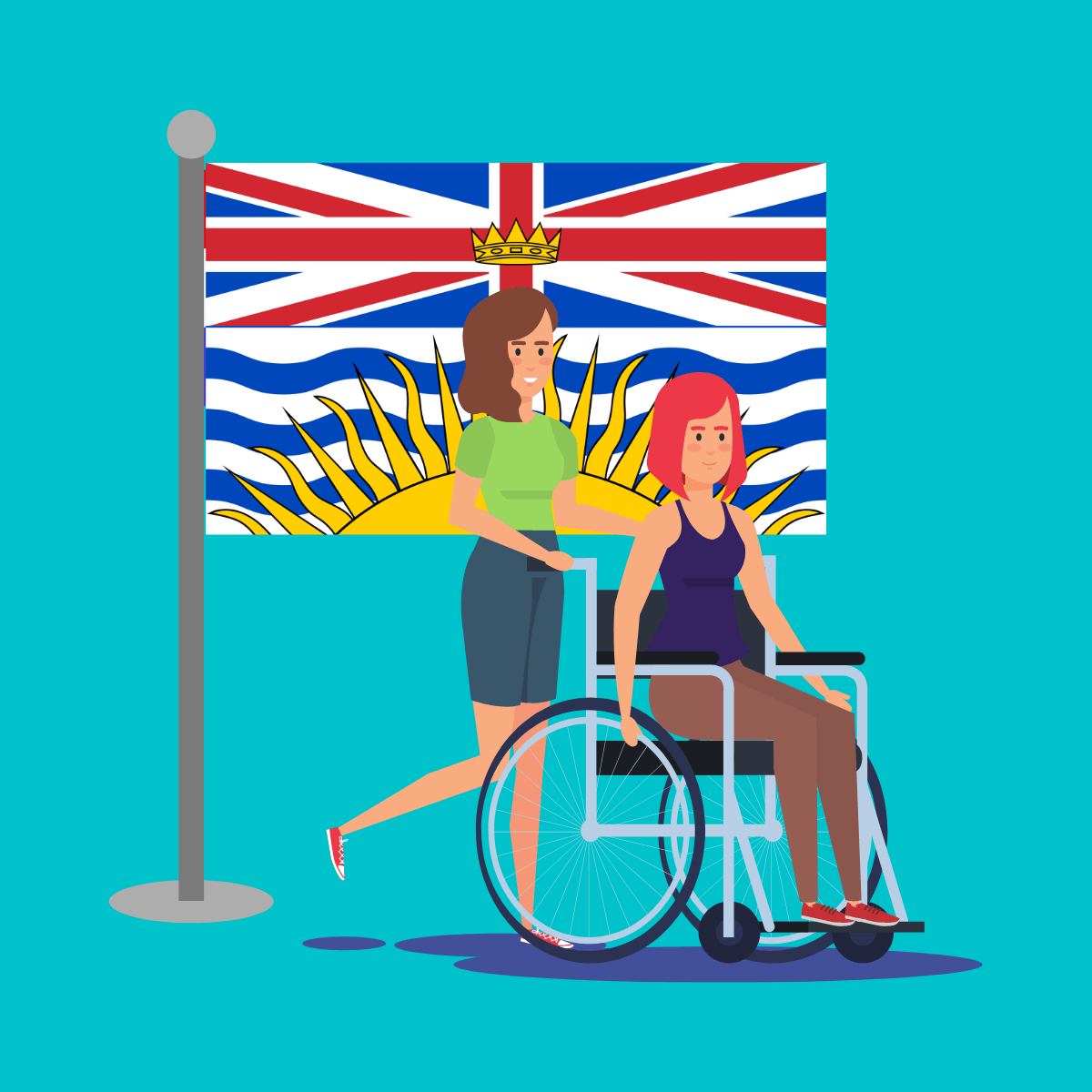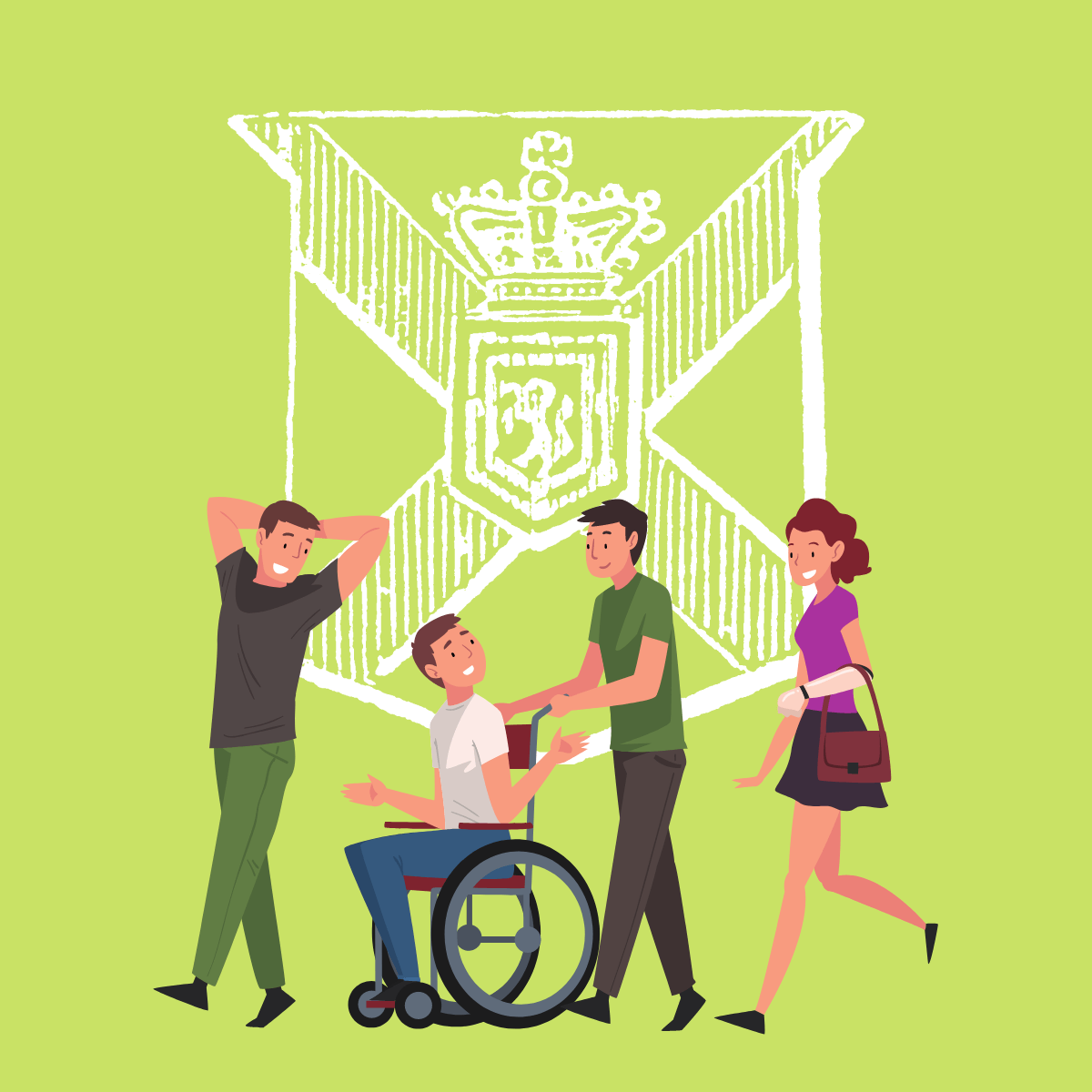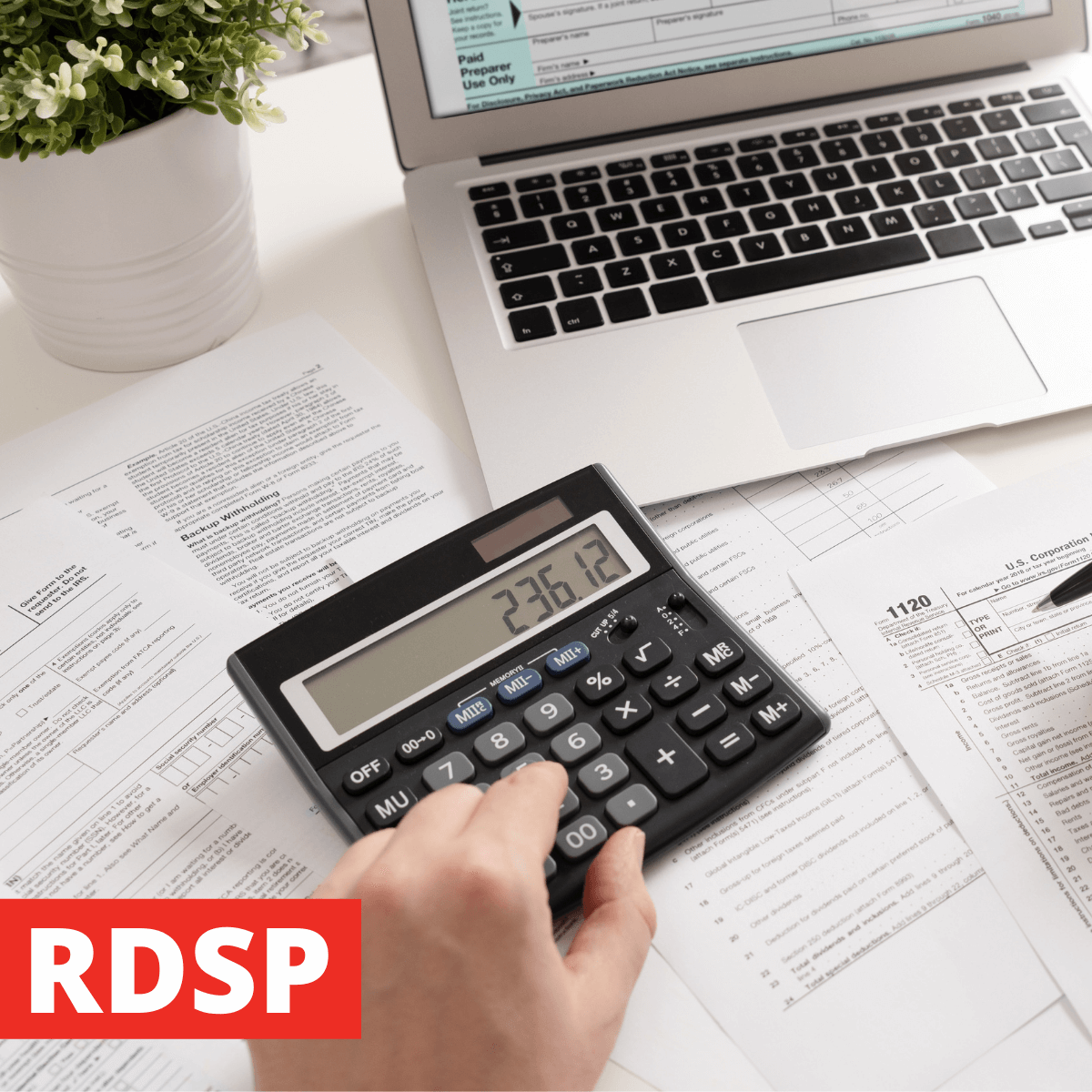

Not only does caring for a child with a disability take a physical and emotional toll on parents, but it can also put many families under financial strain.
To help offset these costs, the Child Disability Benefit is available to qualifying families to help offset additional costs.
The CDB is a tax-free benefit that is paid out to parents and caregivers of disabled children under the age of 18. It is available whether or not you have taxable income. Should both parents be caretakers, only one can claim the benefit.
Child Disability Benefit payments are issued monthly and typically deposited directly into your bank account. It is paid alongside the Canada Child Benefit for those who are eligible.
To get the Child Disability Benefit, you must qualify for the Disability Tax Credit. However, if you are receiving the Canada Child Benefit and you qualify for the Disability Tax Credit, then you automatically receive the CDB payment.
CDB payment dates for 2024 are as follows:
| January 19, 2024 |
| February 20, 2024 |
| March 20, 2024 |
| April 19, 2024 |
| May 17, 2024 |
| June 20, 2024 |
| July 19, 2024 |
| August 20, 2024 |
| September 20, 2024 |
| October 18, 2024 |
| November 20, 2024 |
| December 13, 2024 |
These dates correspond with the payment dates for the Canada Child Benefit, making it easier to budget for families relying primarily on this income to care for disabled children.
The maximum benefit per child from July 2023 to June 2024 is $264.41 per month ($3,173 a year).
The exact amount of Child Disability Benefit you receive is determined based on the following factors:
Together, these parameters paint a picture of fiscal need and are used to determine how much credit you get each year.
The benefit is reduced when the AFNI exceeds $75,537. The exact reduction in the benefit amount depends on the number of children in the household and how high your AFNI increases:
| What Is Your Adjusted Family Net Income (AFNI)? Your adjusted family net income is your net earnings less benefits, including the Universal Child Care Benefit and Registered Disability Savings contributions. |
To be eligible for the CDB, you must qualify for the Canada Child Benefit and the Disability Tax Credit. Provided you do, there is no separate application for the CDB; you are automatically enrolled in the program.
To qualify for this credit, you must have a significant mental or physical impairment that lasts for at least 12 months, and be restricted most of the time.
To be eligible for the Canada Child Benefit, you must meet all the following criteria:
There is no application required for the Child Disability Benefit. If you qualify for the Canada Child Benefit and the Disability Tax Credit, you’ll automatically be enrolled in the CDB program.
However, if you are not already enrolled for either of these benefits, you must file paperwork with the government and actively enroll yourself.
You can apply for The Child Disability Tax Credit by completing Form T2201, or by applying online or by telephone using the digital form. The application is split into two key sections:
You can apply for the CCB during the registration of your child’s birth at the hospital. If you don’t apply then, you can apply online or via mail.
If you’ve already applied for CCB, you can continue receiving the benefits by simply filing your income tax return on time, each year.
If you could have qualified for the CDB in the past but didn’t receive the credit, you could be eligible for a retroactive payment. The Canada Revenue Agency (CRA) will assess your income tax returns for the previous 10 years.
You must remain eligible for the benefit to continue receiving payments going forward.
The CDB and DTC are not the same. While children must qualify for the DTC for their families to receive the CDB, these two benefits are different.
The DTC is a non-refundable tax credit that can reduce the amount of taxes paid. It is designed to help offset some of the costs associated with caring for disabled individuals. Receiving the DTC can open up opportunities to qualify for other benefits, including the CDB, as well as others such as the Canada Workers’ Benefit (CWB) and the Registered Disability Savings Plan (RDSP).



The cost of caring for a disabled child can be significant, especially if the condition is long-term. Fortunately, programs are available to alleviate these financial burdens, including the Child Disability Benefit.
Accessing the Child Disability Benefit takes between 3 and 6 months from the submission of the application. The Canada Revenue Agency assesses the application and your taxes of the previous year to make an initial assessment. Because of the nuances behind the program, it can take as much as a year to see results.
Two forms are needed to apply for the Child Disability Benefit: you must apply for the Canada Child Benefit and the Disability Tax Credit. You can apply for CCB through birth registration, fill out Form RC66, or apply through your online account. For the DTC, you must fill out T2201 and submit it to the proper parties.
The most you can receive monthly, per child, is $264.41 for 2024. The amount increases with every qualifying child under your care. However, as your income increases, you receive a smaller benefit.
ADHD may qualify for the Disability Tax Credit, as long as it is a prolonged impairment that lasts at least 12 months and is severe enough that it negatively affects daily activities.
Autism typically qualifies for the Child Disability Benefit due to the considerable impact that it can have on a child’s life.

Corrina Murdoch has been a dedicated freelance writer and editor for several years. With an academic background in the sciences and a penchant for mathematics, she seeks to provide readers with accurate, reliable information on important topics. Working as a print journalist for several years, Corrina expanded her reach into the digital sphere to help more people gain insight into the realm of finances. When she's not writing, you can find Corrina swimming and spending time with family.

Bree lets you access up to $350 (no interest) to help cover overdraft fees or unexpected expenses.

Access a line of credit up to $150, make payments and Nyble will report them to a credit bureau which can help your payment history grow.

Fund your mortgage with nesto and get up to $9,250 in cash.

Build credit with on-time payments, Up to 4% cashback on gas and grocery and up to 1% everywhere else¹. Additional offers of up to 15% cashback with Neo partners ² .

By Matthew Taylor
Published on May 24, 2024
The BC Disability Assistance Program provides monthly disability assistance payments to people with the Persons with Disabilities (PWD) Designation.

By Corrina Murdoch
AISH)is an Alberta government program that provides financial support to Canadians living with a severe disability.

The Disability Support Program is a personalized service offered to disabled New Brunswick residents to help alleviate related costs.

By Chrissy Kapralos
Living with a disability can pose its challenges. Thankfully, the Nova Scotia Disability Support Program (DSP) offers financial support.

By Mark Gregorski
ODSP is a program that provides financial assistance and benefits to Ontarians living with disabilities. These are the ODSP payment dates.

By Corrina Murdoch
If you've served in the armed forces in Canada, then you may qualify for the Veteran Affairs Canada (VAC) disability benefit offered by Veteran Affair.

By Corrina Murdoch
The RDSP in Canada is a long-term savings solution available to those who have a disability.

By Chrissy Kapralos
Raising a child with a disability can be challenging, but there is government support available to ease the financial burden.

Loans Canada, the country's original loan comparison platform, is proud to be recognized as one of Canada's fastest growing companies by The Globe and Mail!
Apply Once &
Get Multiple Offers
Save Time
And Money
Get Your Free
Credit Score
Expert Tips
And Advice
With KOHO's prepaid card you can build a better credit score for just $10/month.

170-1201 University Ave,
Toronto, ON, M5H 3B3
Get your free credit score and shop for Canada's best rates with Loans Canada
Start receiving Loans Canada news, promotions and deals directly in your inbox.
All consultations and conversations with Loans Canada and its partners are confidential and risk-free. Speak with a trusted specialist today and see how we can help you achieve your financial goals faster. Loans Canada and its partners will never ask you for an upfront fee, deposit or insurance payments on a loan. Loans Canada is not a mortgage broker and does not arrange mortgage loans or any other type of financial service.
When you apply for a Loans Canada service, our website simply refers your request to qualified third party providers who can assist you with your search. Loans Canada may receive compensation from the offers shown on its website.
Only provide your information to trusted sources and be aware of online phishing scams and the risks associated with them, including identity theft and financial loss. Nothing on this website constitutes professional and/or financial advice.
Your data is protected and your connection is encrypted.
Loans Canada, The Nation's First Loan Comparison Platform